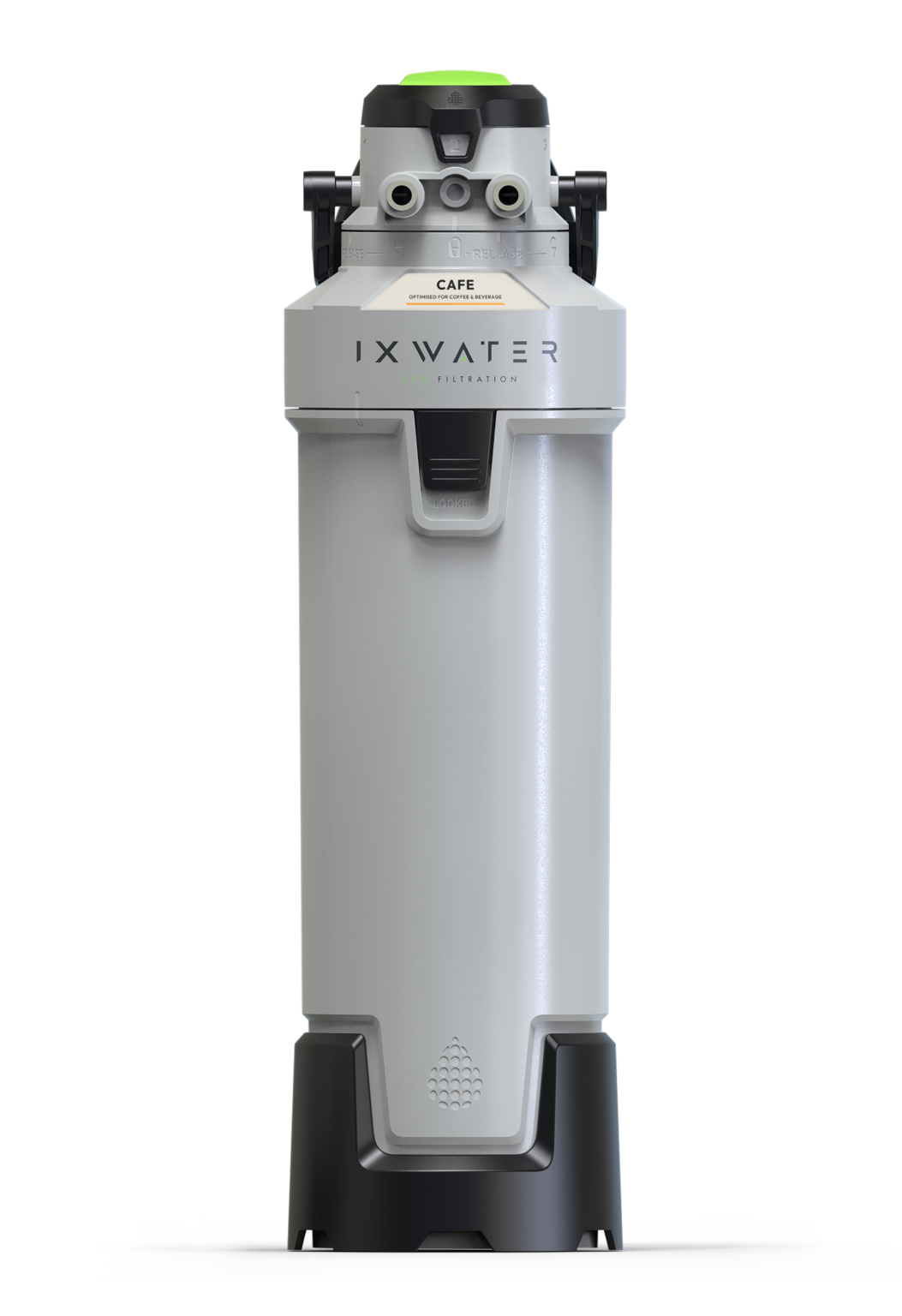Why You Should Use a Water Filter in Your Coffee Machine
A great cup of coffee starts with great water. While many coffee enthusiasts focus on the quality of their beans, grind size, and brewing method, one often-overlooked factor is the water itself. Since coffee is about 98% water, the quality of the water you use can significantly impact the taste of your brew.
This is where a water filter for your coffee machine comes in. Using a water filter not only improves the flavour of your coffee but also extends the lifespan of your machine. In this blog, we’ll explore what a water filter does, its benefits, and why you should consider using one.
What Does a Water Filter Do?
A water filter is designed to remove impurities from tap water that can negatively affect your coffee and your coffee machine. Here’s what it typically does:
- Reduces Chlorine – Tap water often contains chlorine, which can give coffee a chemical or unpleasant taste. A filter helps remove chlorine, leading to a smoother and purer flavour.
- Removes Limescale-Causing Minerals – Hard water contains calcium and magnesium, which cause limescale build-up inside your coffee machine. A filter helps reduce these minerals, preventing scale formation.
- Eliminates Unwanted Tastes and Odours – Water can pick up contaminants like sulphur, iron, or organic matter, which can give your coffee an off-putting flavour or smell. A filter removes these elements for a cleaner taste.
- Balances Water pH – Some filters help regulate the pH level of water, ensuring it’s not too acidic or too alkaline, both of which can affect extraction and coffee taste.
Benefits of Using a Water Filter for Coffee
1. Better-Tasting Coffee
Filtered water ensures that the natural flavours of your coffee beans shine through. With fewer impurities, your coffee will taste cleaner, smoother, and more balanced, without any unwanted bitterness or off-flavours.
2. Protects Your Coffee Machine
Limescale build-up is a major issue for coffee machines, especially in areas with hard water. Over time, scale can clog internal components, reducing efficiency and eventually causing the machine to break down. A filter helps prevent limescale, extending the life of your coffee maker and reducing maintenance costs.
3. Consistent Brew Quality
Without a filter, water quality can vary depending on your local supply. One day your coffee might taste great, and the next, it could be off due to slight changes in water composition. A filter ensures consistent water quality, leading to a more consistent brew every time.
4. Less Need for Descaling
Since a filter reduces the minerals responsible for limescale, you won’t need to descale your machine as often. This saves you time, effort, and money on descaling solutions.
5. Healthier Coffee
Filtering out heavy metals, chlorine, and other contaminants makes your water healthier to drink, which means a healthier cup of coffee. If you’re particular about what goes into your body, using a water filter is a smart choice.
Do You Need a Water Filter for Your Coffee Machine?
If you use hard water, a filter is highly recommended to prevent limescale build-up and improve taste. Even if your water is relatively soft, a filter can still help remove chlorine and other impurities.
Some high-end coffee machines come with built-in filtration systems, but if yours doesn’t, you can buy a compatible water filter or use an external filtered water source .
Final Thoughts
A water filter is a simple yet effective way to enhance your coffee experience. By improving water quality, it ensures better flavour, protects your coffee machine, and reduces maintenance efforts. Whether you’re an espresso lover or a drip coffee fan, using filtered water can make a noticeable difference in every cup.
Please keep an eye on our website as we will be adding water filters to our shop very soon.

So, if you haven’t already, consider adding a water filter to your coffee setup—you’ll taste the difference!
